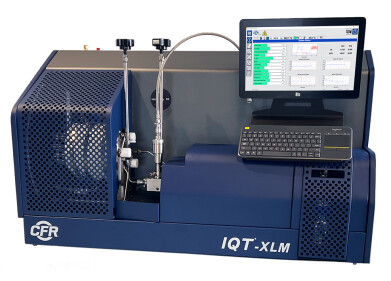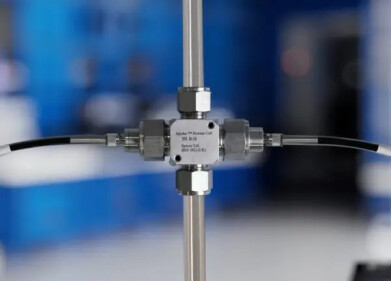Analytical Instrumentation
What Prompted Shell to Sell?
Feb 10 2017
Shell may be one of the biggest oil and gas giants on the planet, but that hasn’t stopped in from tightening its belt in the wake of the crude price crash. In a move that shocked the industry, Shell sold off more than 50% of its North Sea oil and gas fields, raking in a huge US$3.8 billion. This includes interests in the Buzzard, Beryl, Bressay, Elgin-Franklin, J-Block, Everest, Lomond, Erskine and Schiehallion fields, as well as the Greater Armada cluster.
Shell downsizes its debts
So what prompted Shell to sell? The downsize is a key part of the company’s plan to reduce its debts as it prepares to offload assets to Chrysaor, a privately-owned company specialising in the development and commercialisation of dormant oil and gas discoveries.
The company is fronted by Linda Cook, the American business woman who left the Anglo-Dutch group more than seven years ago, after she failed to secure a coveted CEO position. Hailed as the First Lady of oil and gas, she worked with the company for 29 years. Now, she’s set to become chair of private equity-backed oil group Chrysaor, after it snapped up the suite of oil fields put on the market by Shell.
Chrysaor set to step up as UK’s next oil and gas giant
Last year the assets accounted for over 50% of Shell’s North Sea oil production count, which means there’s huge potential to churn big profits. As a result, over 400 Shell jobs will be transferred to Chrysaor, which will make it one of Britain’s biggest oil and gas producers.
“Chrysaor is acquiring a high-quality package of assets which combine low-cost production, a substantial reserves and resources base with strong cash flows and a highly competent and skilled workforce,” comments Phil Kirk, Chrysaor’s chief executive.
Though despite the transfer of ownership, Shell isn’t 100% rid of its North Sea oil assets. It will still have a fixed liability of US$1 billion for decommissioning the assets, though it will manage to sidestep the estimated US$3.9 billion cost of cleaning up the rigs when they become obsolete in around 20 years.
Andy Brown, Shell’s upstream director was quick to back the decision, maintaining that “This deal complements the great strides we have made over the last two years in improving the competitiveness of our UK upstream business.”
Is the North Sea retreat an industry wide trend?
Interestingly, Shell isn’t the only one selling up its North Sea assets. The deal reinforces a trend that’s seeing oil majors step back from the North Sea in favour of lower cost regions that offer greater ROI. In January, BP sold off a 25% stake in the Magnus field, which significantly reduced its North Sea presence.
As oil and gas producers struggle to beat the oil price crash, engineers are continually on the search for new ways to improve operational efficiency. ‘Focus on Sulphur Analysis’ puts forward GCMS as a highly interesting alternative to traditional sulphur component analysis techniques, offering good linearity, heightened sensitivity and improved selectivity.
Digital Edition
PIN 25.5 Oct/Nov 2024
November 2024
Analytical Instrumentation - Picturing Viscosity – How Can a Viscometer or a Rheometer Benefit You? - Sustainable Grease Formulations: Evaluating Key Performance Parameters and Testing Method...
View all digital editions
Events
Dec 03 2024 Dusseldorf, Germany
Dec 08 2024 Anaheim, CA, USA
Turkey & Black Sea Oil and Gas
Dec 11 2024 Istanbul, Turkey
Dec 19 2024 Aurangabad, India
Jan 20 2025 San Diego, CA, USA



















